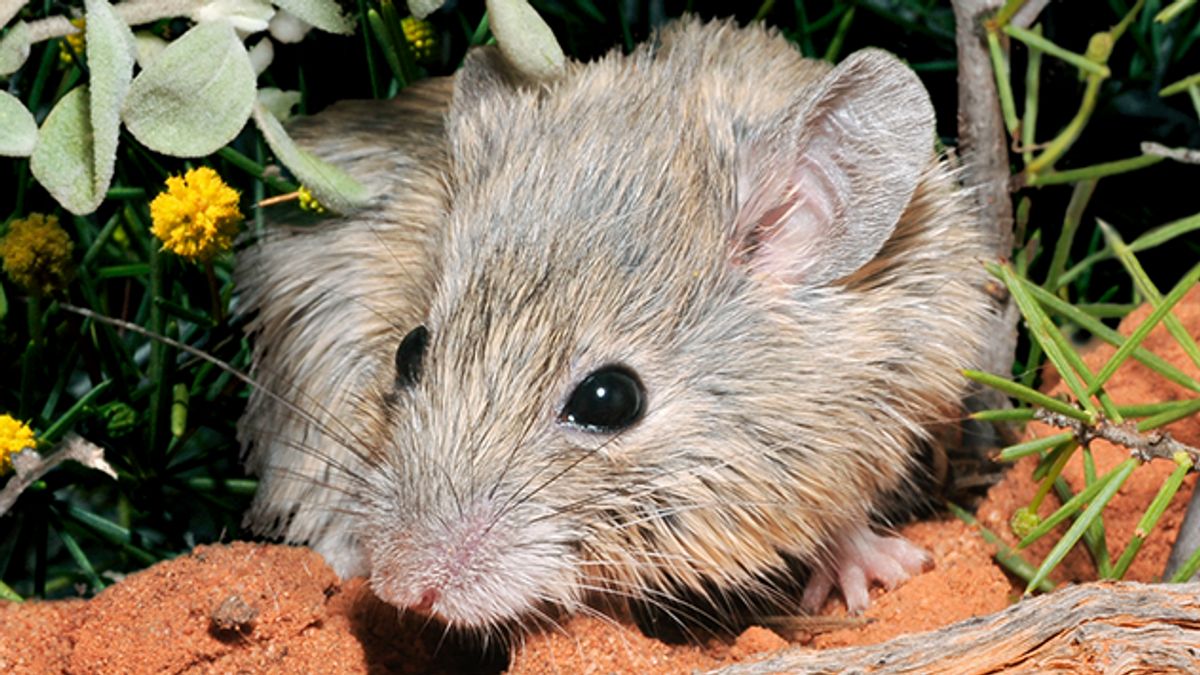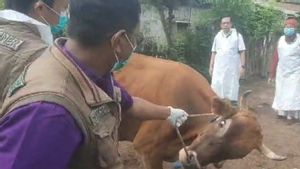JAKARTA - A rat that is thought to have become extinct more than 150 years ago has been found by researchers living on an island off the coast of Western Australia.
The scientists compared DNA samples from eight extinct Australian rodents and their 42 living relatives, and found that the extinct Gould rat was indistinguishable from the Shark Bay rat.
Citing CNN June 29, researchers are studying the decline of the country's native species since the arrival of Europeans in Australia in 1788.
The rat, which will still be known by the common name 'djoongari' or Shark's Bay rat, was once found across the country, from southwest Western Australia to New South Wales, but was last seen in 1857.
"The introduction of invasive species, agricultural land clearing and new diseases are destroying native species," the researchers said, adding that climate change and poor fire management were also affecting population size.
The remaining population of djoongari lies on a single island of 42 square kilometers (16.2 sq mi) in Shark Bay, Bernier Island. One small population is not enough for a species to survive, the researchers said, so the mice were taken to two other islands to form new populations.

"The resurgence of this species brings good news in the face of the very high extinction rate of native rodents, which account for 41 per cent of Australian mammal extinctions since European colonization in 1788," lead author Emily Roycroft, an evolutionary biologist from the Australian National University (ANU), said in a statement. a statement.
"It's interesting that the Gould rat is still around, but its disappearance from land highlights how quickly this species has gone from being distributed throughout much of Australia, to surviving only on islands off the coast of Western Australia. This is a huge population collapse," he added. .
The team also studied seven other extinct native species, which were found to have high genetic diversity shortly before the extinction, suggesting that their populations were widely dispersed before the Europeans arrived.
"This shows genetic diversity does not provide a guarantee of protection against the threat of extinction," Roycroft warned.
More than 80 per cent of Australia's mammals are endemic, as a result of Australia's long period of isolation from other continents. However, the country has what researchers described in a 2015 paper as 'remarkable extinction rates'.
Meanwhile, a study published in 2019 found Australia was home to 6-10 per cent of the world's post-1500 recognized extinctions. Roycroft said the extinction of the original seven species occurred 'very quickly'.
"They may have been common, with large populations before the arrival of Europeans. But the introduction of feral cats, foxes and other invasive species, clearing of agricultural land, and new diseases completely destroyed native species."
He added that humans have decimated hundreds of species and pushed many more to the brink of extinction through wildlife trade, pollution, habitat loss and use of toxic substances.
The sixth mass extinction on Earth is happening now, much faster than previously thought. And, species mortality rates have accelerated in recent decades, scientists warn.
The English, Chinese, Japanese, Arabic, and French versions are automatically generated by the AI. So there may still be inaccuracies in translating, please always see Indonesian as our main language. (system supported by DigitalSiber.id)













